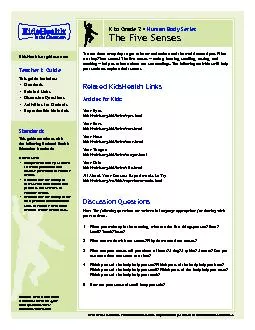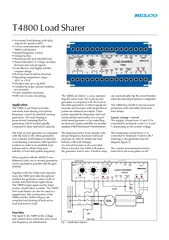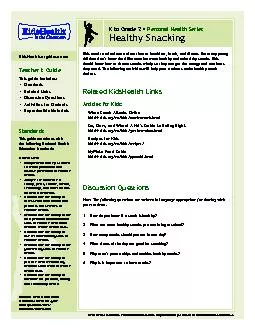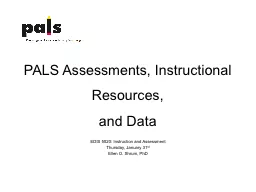PDF-PreK to Grade 2 •
Author : lois-ondreau | Published Date : 2015-10-19
Human Body Series The Five Senses You use them every day to get to know and understand the world around you What are they Your senses The five senses 151 seeing
Presentation Embed Code
Download Presentation
Download Presentation The PPT/PDF document "PreK to Grade 2 •" is the property of its rightful owner. Permission is granted to download and print the materials on this website for personal, non-commercial use only, and to display it on your personal computer provided you do not modify the materials and that you retain all copyright notices contained in the materials. By downloading content from our website, you accept the terms of this agreement.
PreK to Grade 2 •: Transcript
Download Rules Of Document
"PreK to Grade 2 •"The content belongs to its owner. You may download and print it for personal use, without modification, and keep all copyright notices. By downloading, you agree to these terms.
Related Documents














